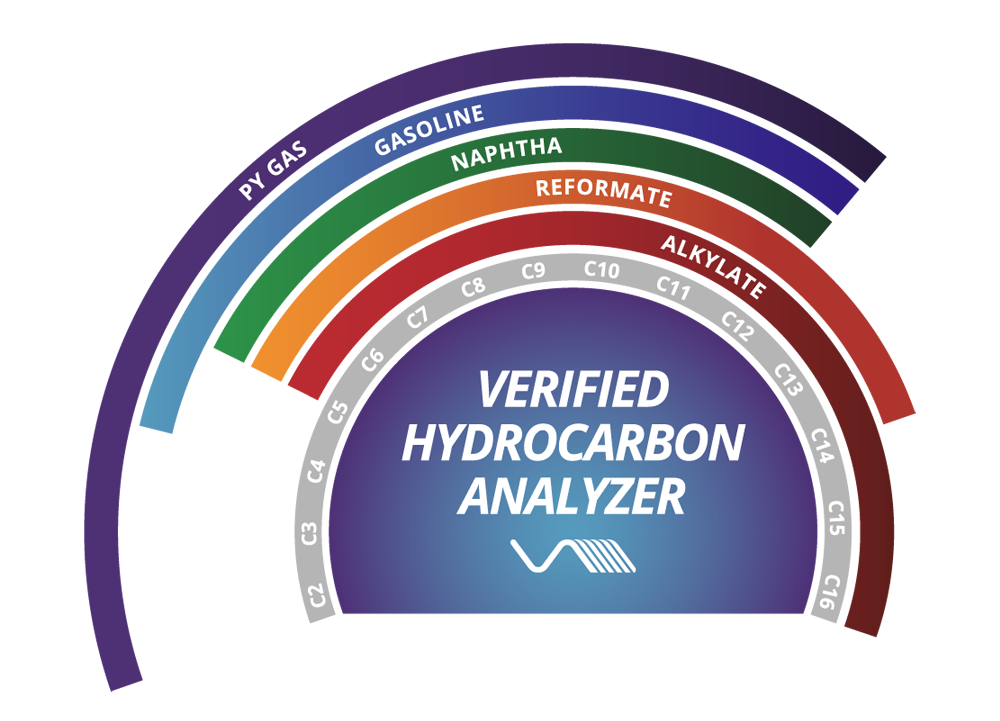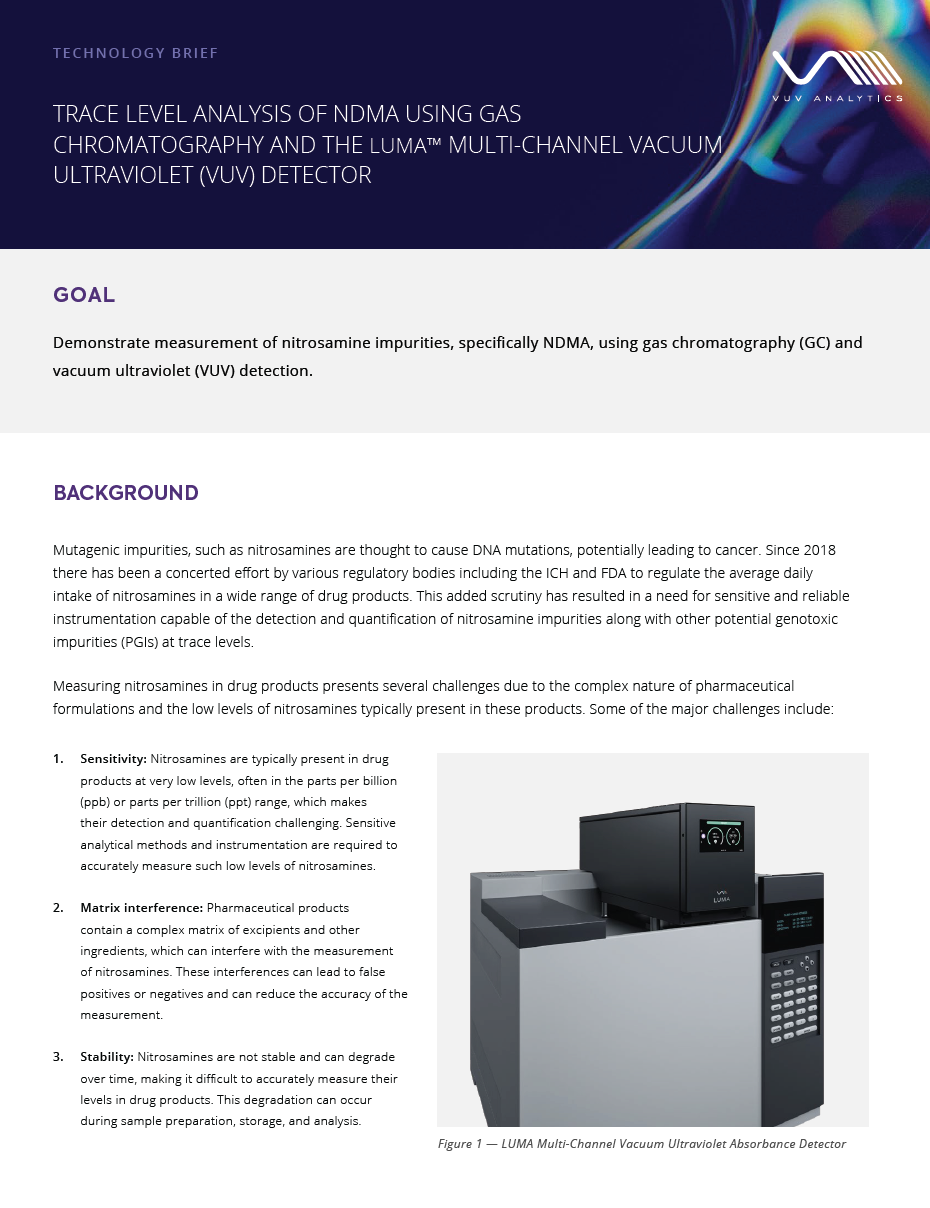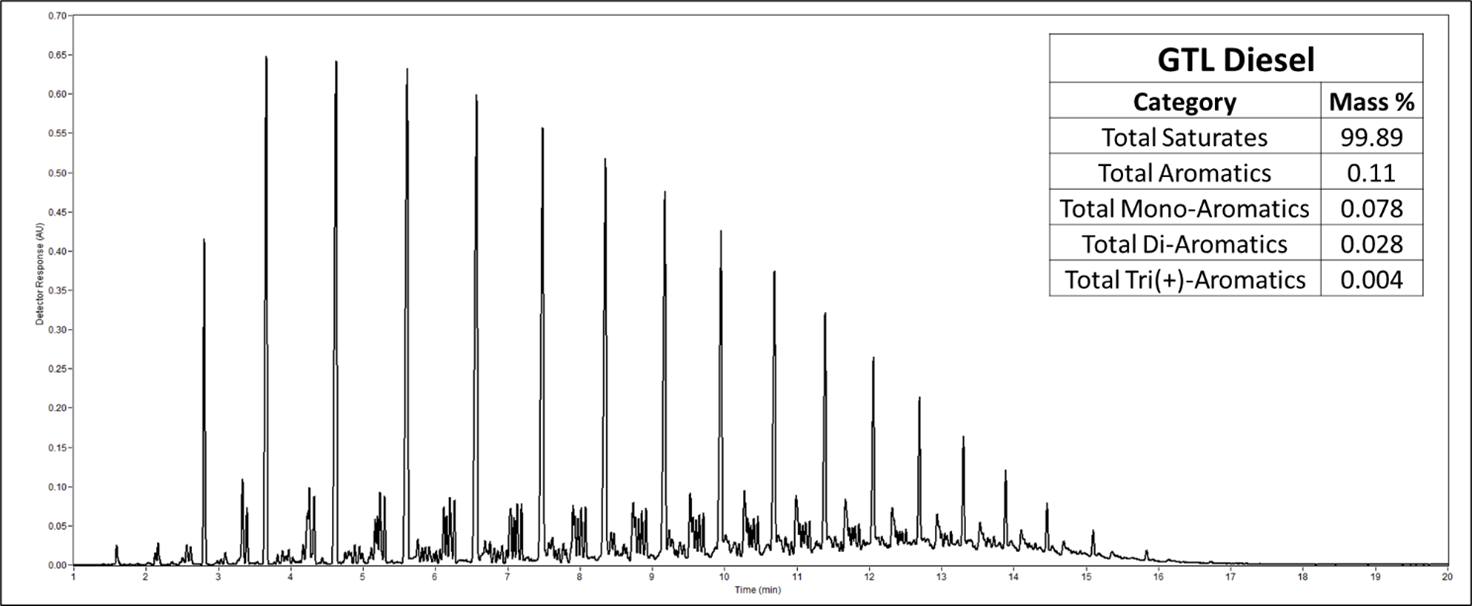Published James Diekmann on December 4, 2018
Recap from GCC – VHA & Methanol in Crude Oil with GC-VUV
Hello fellow patrons of Gulf Coast Conference (GCC) or blog newcomers! Welcome to this quick recap, covering the two presentations I gave during GCC. Those of you who were lucky enough to endure my back-to-back presentations, kudos. I’m glad you can stand me for an hour and hopefully, you learned something about gas chromatography – vacuum ultraviolet spectroscopy (GC-VUV). The topics I covered were the following: (1) using GC-VUV for detailed hydrocarbon analysis (DHA), locally known as verified hydrocarbon analysis (VHA), and (2) using GC-VUV for detecting and quantifying methanol in crude oil. Below, I listed the main points from each presentation and included links to their recordings!
Verified Hydrocarbon Analysis (VHA)
- GC-VUV is a powerful technique for analyzing gasoline-range samples (ASTM D8071), including reporting mass and volume percent for carbon number, while classifying and speciating some compounds based on their absorbance spectra and retention times.
- The GC-VUV VHA method provides chromatograms and results like ASTM D6730, but in 1/3 time! Qualitative and quantitative PIONA accuracy are assured through VUV spectroscopy and hands-off VUV AnalyzeTM data processing, including for up to 150 speciated compounds, covering 90% of the composition of gasoline.
- 50 Minute DHA of Gasoline with GC-VUV Spectroscopy
Methanol in Crude Oil
- Traditional methodology for methanol in crude oil uses a complicated GC set-up, requiring direct injection and backflush. This increases the risk of gunking up the GC liner and column, which leads to data accuracy issues and downtime.
- Static headspace GC-VUV uses a simple single-column (no backflush) solution that only introduces volatile compounds from crude oil, saving the GC liner and column for better uptime and throughput.
- Static headspace GC-VUV demonstrates linearity from 5 to 1,000 ppm of methanol in crude oil (comparable to current ASTM methods), has acceptable RSD% (less than 9), and shows no quantitative bias for heavy and light crude oils.
- VUV absorbance spectra for methanol and other volatile compounds are unique, meaning if compounds coelute, they can be deconvolved to maintain qualitative and quantitative accuracy.
- Using Static Headspace GC-VUV to detect Methanol in Crude Oil
If you have any questions, reach out to us here.










Leave a Reply